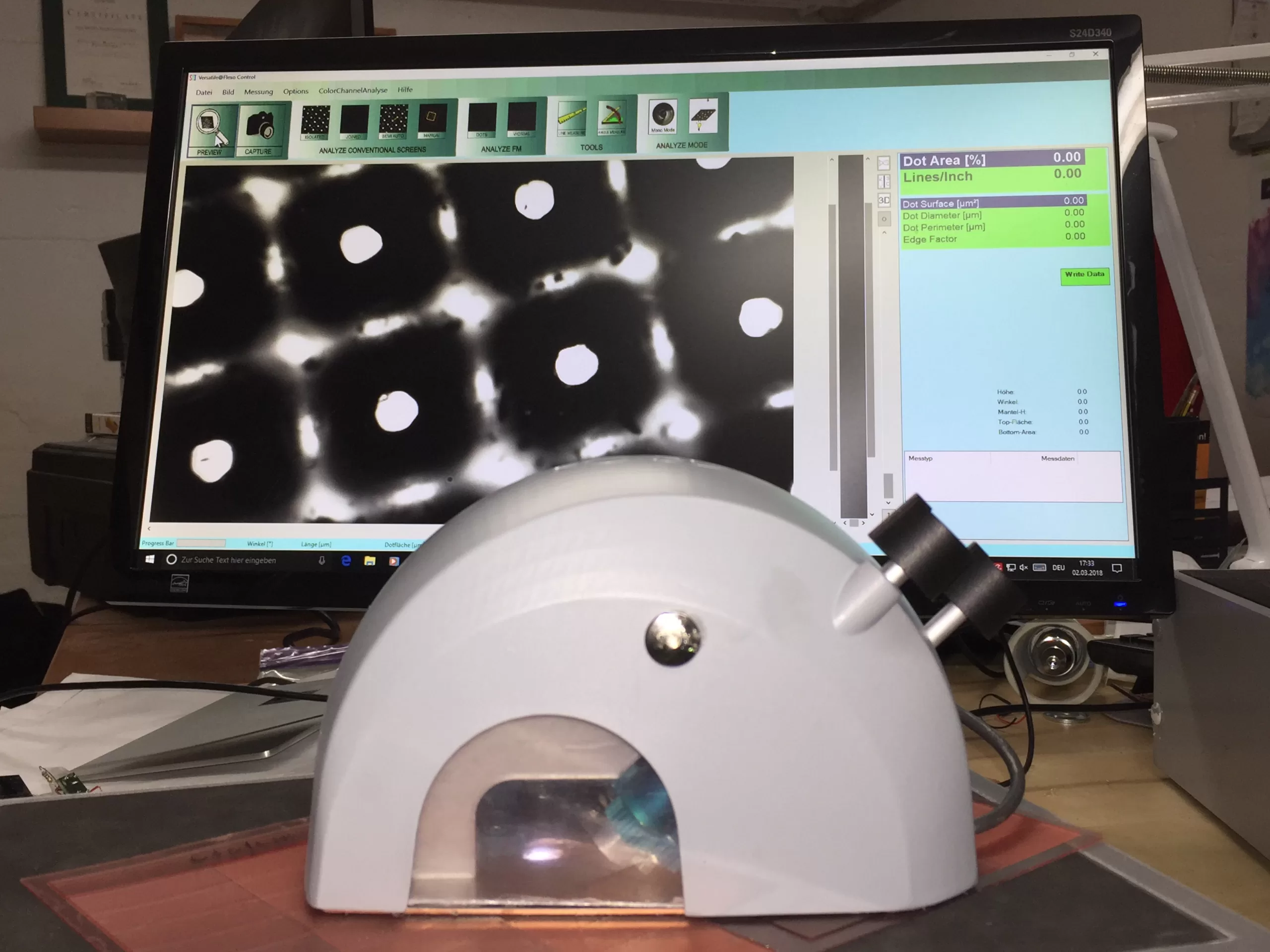Flexographic printing, known for its adaptability and efficiency, relies on a synergy of components to deliver consistent, high-quality prints. Among these, the impression cylinder stands out as a cornerstone of precision. From ensuring proper substrate contact to achieving uniform ink transfer, this component plays a pivotal role in the printing process.
Let’s dive deep into understanding impression cylinders, their construction, maintenance, and how they enhance the performance of flexographic presses.
What is an Impression Cylinder?
An impression cylinder is a critical part of the flexographic printing process. Positioned opposite the printing plate cylinder, its primary function is to provide the necessary pressure for accurate ink transfer from the plate to the substrate. By supporting the substrate during printing, the impression cylinder ensures precision and minimizes defects like smudging or uneven prints.
Key Features of Impression Cylinders
Material Composition
Impression cylinders are typically made from high-grade steel, aluminum, or a combination of lightweight metals. This construction ensures durability and stability during high-speed printing operations.
Surface Coating
To enhance performance, many impression cylinders feature surface coatings like chrome for example. These coatings improve wear resistance and contribute to smoother substrate movement.
Precision Engineering
The dimensional accuracy of an impression cylinder is vital. Even minor deviations can result in printing errors, emphasizing the need for high-precision engineering in its design and manufacture.
How Do Impression Cylinders Work?
The operation of impression cylinders involves a balanced interaction between the plate cylinder, ink, and substrate. As the substrate passes between the plate cylinder and the impression cylinder:
- The cylinder applies consistent pressure.
- This pressure ensures that the ink from the plate cylinder transfers evenly onto the substrate.
- Its smooth, stable surface prevents wrinkles, skips, and other substrate-related issues.
Advantages of Using High-Quality Impression Cylinders
Enhanced Print Quality
Impression cylinders contribute to uniform ink transfer, reducing imperfections in print.
Increased Machine Longevity
Using robust, well-maintained impression cylinders prevents unnecessary wear on other machine components.
Versatility Across Substrates
These cylinders accommodate various substrates, including paper, plastic, and metallic films, making them indispensable in flexible packaging.
Maintenance and Care for Impression Cylinders
Proper maintenance of impression cylinders ensures longevity and optimal performance:
Regular Cleaning
Debris and ink residues can accumulate on the cylinder surface, impacting print quality. Clean the cylinder regularly using approved cleaning agents.
Inspection for Damage
Look for signs of wear, dents, or scratches. Damaged cylinders can compromise substrate alignment and pressure consistency.
Lubrication and Alignment
Ensure that all moving parts, including the bearings and cylinder mounts, are well-lubricated and aligned to prevent operational inefficiencies.
Customizing Impression Cylinders for Specialized Applications
Certain printing requirements demand customization of impression cylinders:
- Textured Surfaces: Useful for printing on rough or textured substrates.
- Variable Diameter: For specialized presses with unique substrate needs.
- Dynamic Balancing: Ensures stability in high-speed operations.
Innovations in Impression Cylinder Technology
With advancements in flexographic technology, impression cylinders are now equipped with:
- Integrated Sensors: For real-time monitoring of pressure and alignment.
- Eco-Friendly Coatings: Reducing environmental impact during production and operation.
- Lightweight Designs: Enhancing energy efficiency and machine adaptability.
FAQs
What is the function of an impression cylinder in flexographic printing?
The impression cylinder supports the substrate and applies consistent pressure to ensure accurate ink transfer from the plate cylinder during printing.
How do you maintain an impression cylinder?
Regular cleaning, inspection for damage, lubrication, and alignment checks are crucial for maintaining an impression cylinder.
Can impression cylinders be customized?
Yes, they can be customized with textured surfaces, variable diameters, or dynamic balancing for specific printing needs.
What materials are used to make impression cylinders?
Impression cylinders are typically made of steel, aluminum, or other durable metals, often with a chrome or ceramic coating for enhanced performance.
Why are surface coatings important for impression cylinders?
Surface coatings improve durability, resist wear, and ensure smooth substrate movement, enhancing print quality.
How do impression cylinders contribute to sustainability in printing?
Innovative designs and eco-friendly coatings reduce energy consumption and waste, aligning with green printing practices.
Conclusion
Impression cylinders are the unsung heroes of flexographic printing, ensuring consistent quality and reliability across countless applications. By understanding their role, features, and maintenance needs, operators can maximize efficiency and prolong equipment lifespan. With ongoing innovations, impression cylinders continue to elevate the capabilities of flexographic presses, making them indispensable in the world of modern printing.





![[Flexo Flaw Fixing] Inconsistent Repeat Length](https://flexopedia.net/wp-content/uploads/2023/06/066_Repeat_Length-jpg-e1704202472468.webp)
